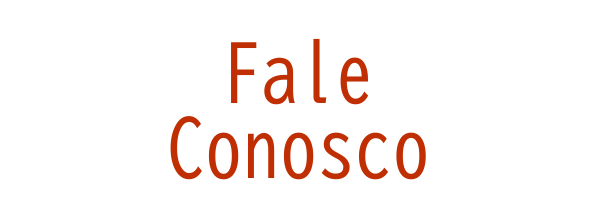A bacterium lipopolysaccharide that elicits Guillain-Barré syndrome has a GM1 ganglioside-like structure.
Autor(es): Yuki N,Taki T,Inagaki F,Kasama T,Takahashi M,Saito K,Handa S,Miyatake T
Resumo: There is a strong association between Guillain-Barré syndrome (GBS) and Penner's serotype 19 (PEN 19) of Campylobacter jejuni. Sera from patients with GBS after C. jejuni infection have autoantibodies to GM1 ganglioside in the acute phase of the illness. Our previous work has suggested that GBS results from an immune response to cross-reactive antigen between lipopolysaccharide (LPS) of the Gram-negative bacterium and membrane components of peripheral nerves. To clarify the pathogenesis of GBS, we have investigated whether GM1-oligosaccharide structure is present in the LPS of C. jejuni (PEN 19) that was isolated from a GBS patient. After extraction of the LPS, the LPS showing the binding activity of cholera toxin, that specifically recognizes the GM1-oligosaccharide was purified by a silica bead column chromatography. Gas-liquid chromatography-mass spectrometric analysis has shown that the purified LPS contained Gal, GalNAc, and NeuAc, which are sugar components of GM1 ganglioside. 1H NMR methods [Carr-Purcell-Meiboom-Gill (CPMG), total correlation spectroscopy (TOCSY), and nuclear Overhauser effect spectroscopy (NOESY)] have revealed that the oligosaccharide structure [Gal beta 1-3 GalNAc beta 1-4(NeuAc alpha 2-3)Gal beta] protrude from the LPS core. This terminal structure [Gal beta 1-3GalNAc beta 1-4(NeuAc alpha 2-3)Gal beta] is identical to the terminal tetrasaccharide of the GM1 ganglioside. This is the first study to demonstrate the existence of molecular mimicry between nerve tissue and the infectious agent that elicits GBS.
Imprenta: The Journal of Experimental Medicine, v. 178, n. 5, p. 1771-1775, 1993
Descritores: Guillain-Barre Syndrome - Immune response ; Guillain-Barre Syndrome - Molecular Structure ; Guillain-Barre Syndrome - Pathogenesis ; Guillain-Barre Syndrome - Proteins ; Guillain-Barre Syndrome - Antibodies ; Guillain-Barre Syndrome - Immune response ; Guillain-Barre Syndrome - Molecular methods ; Guillain-Barre Syndrome - Immunology
Data de Publicação: 1993








